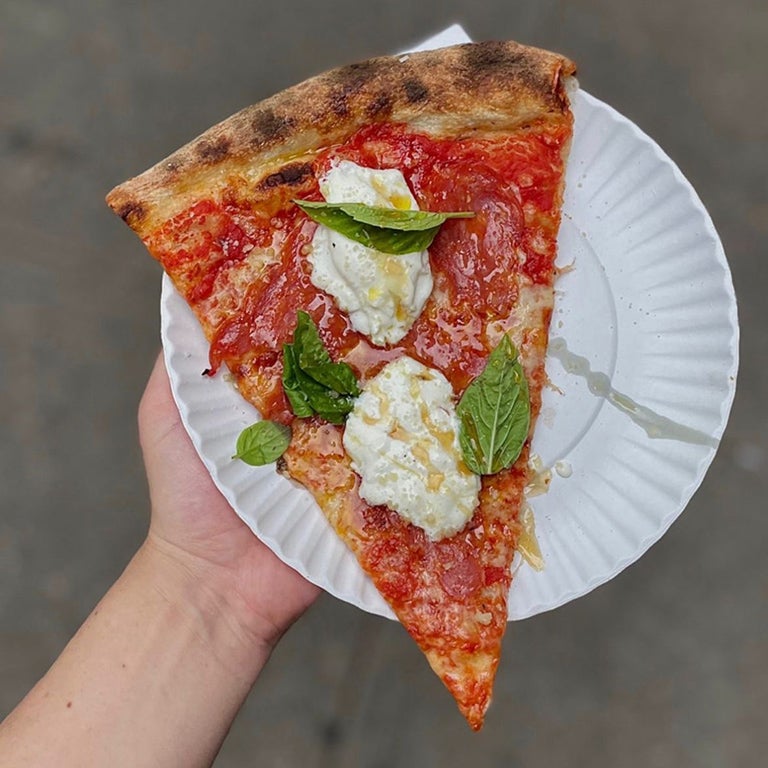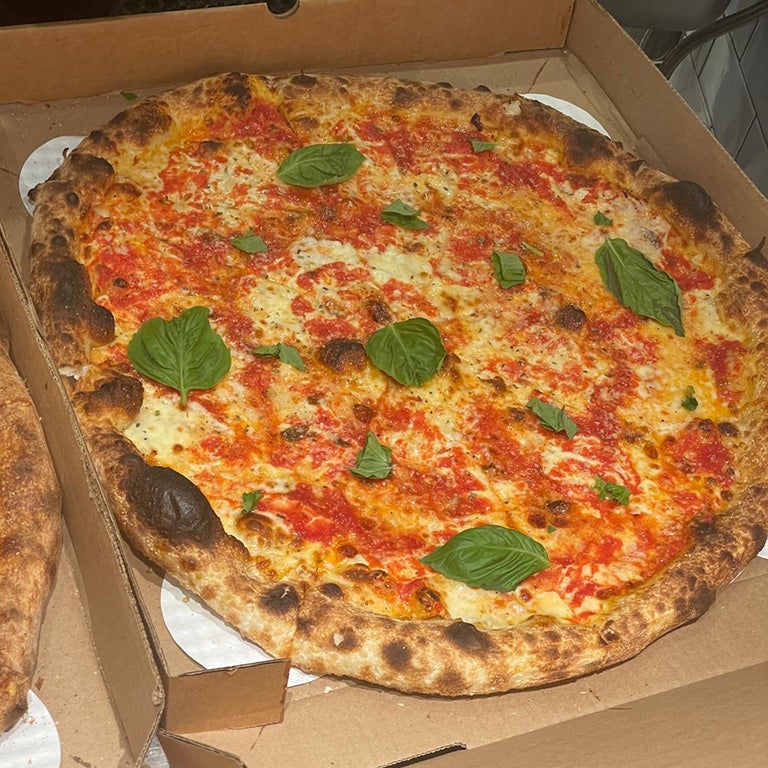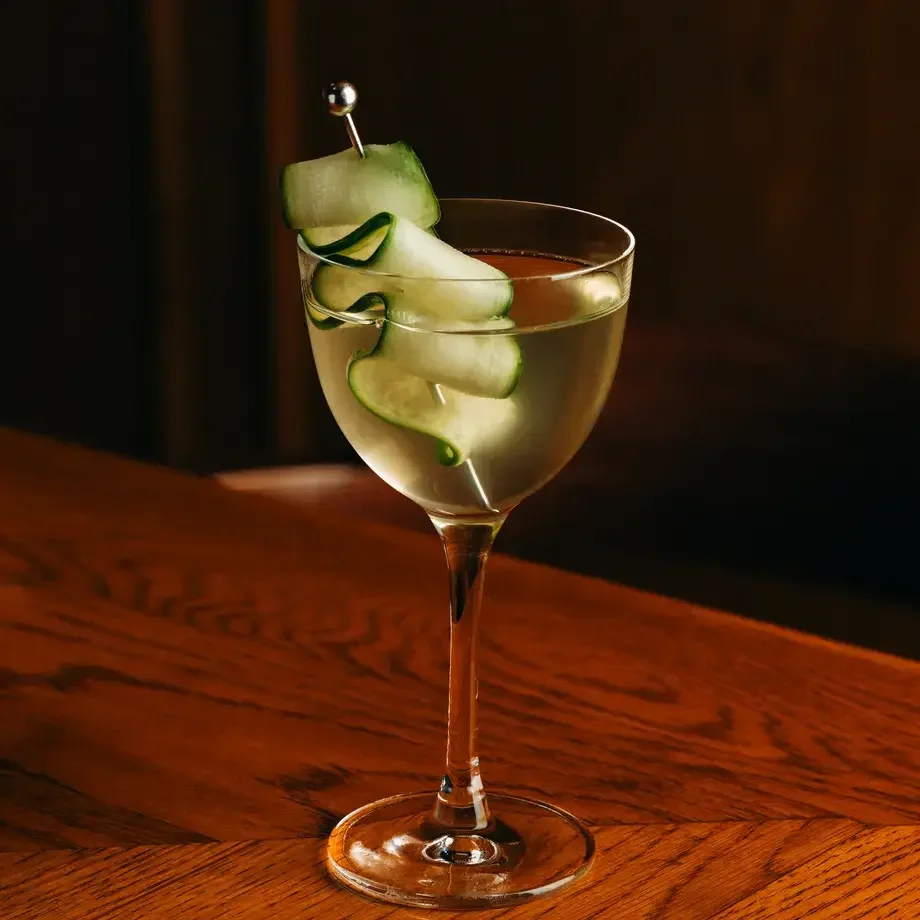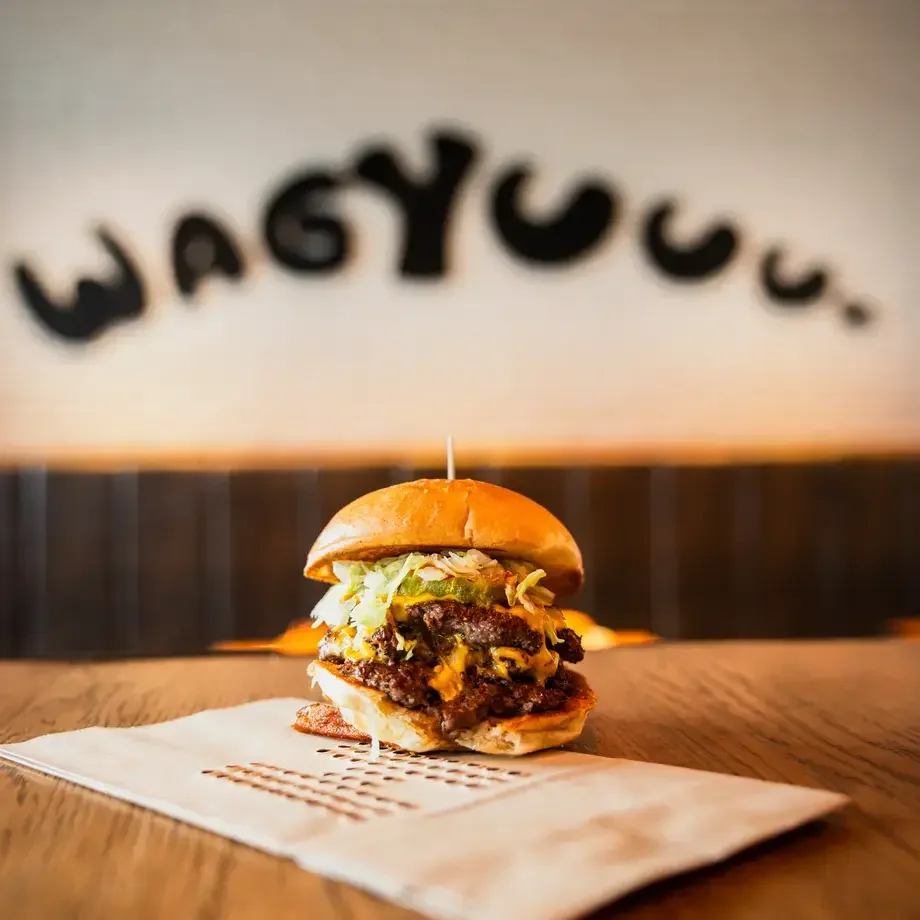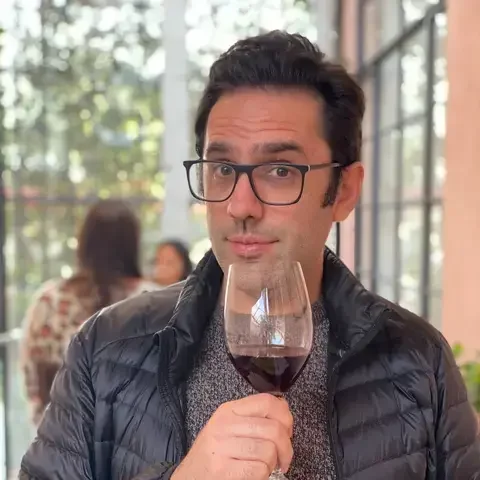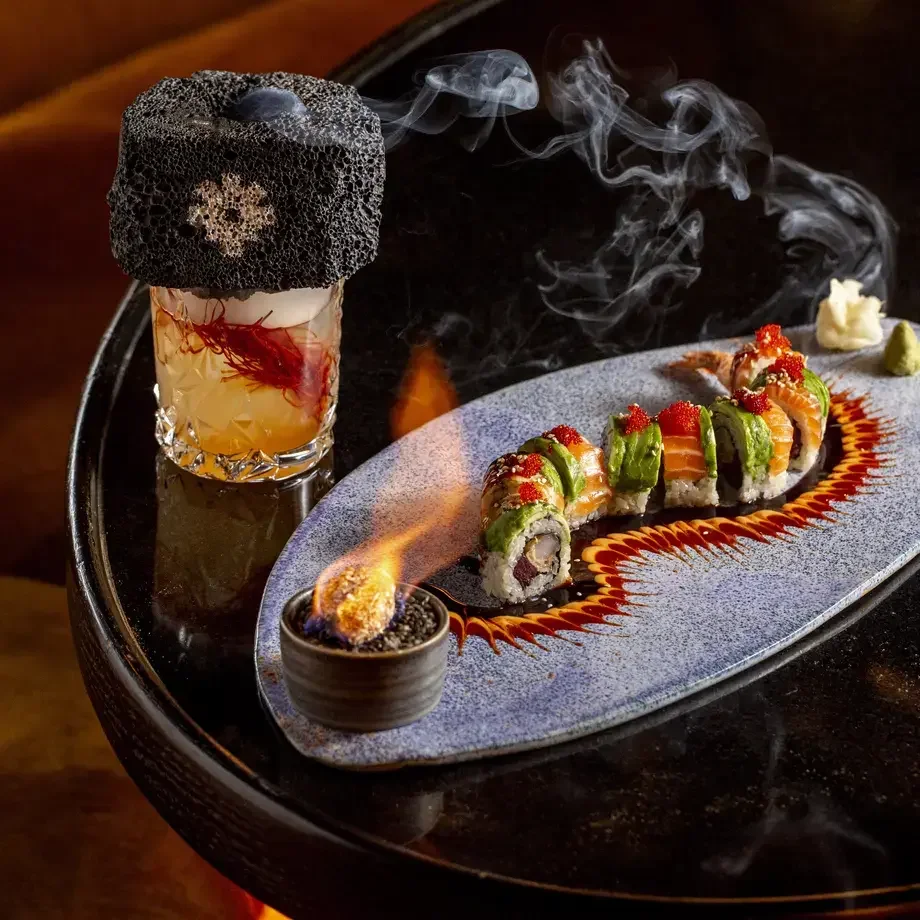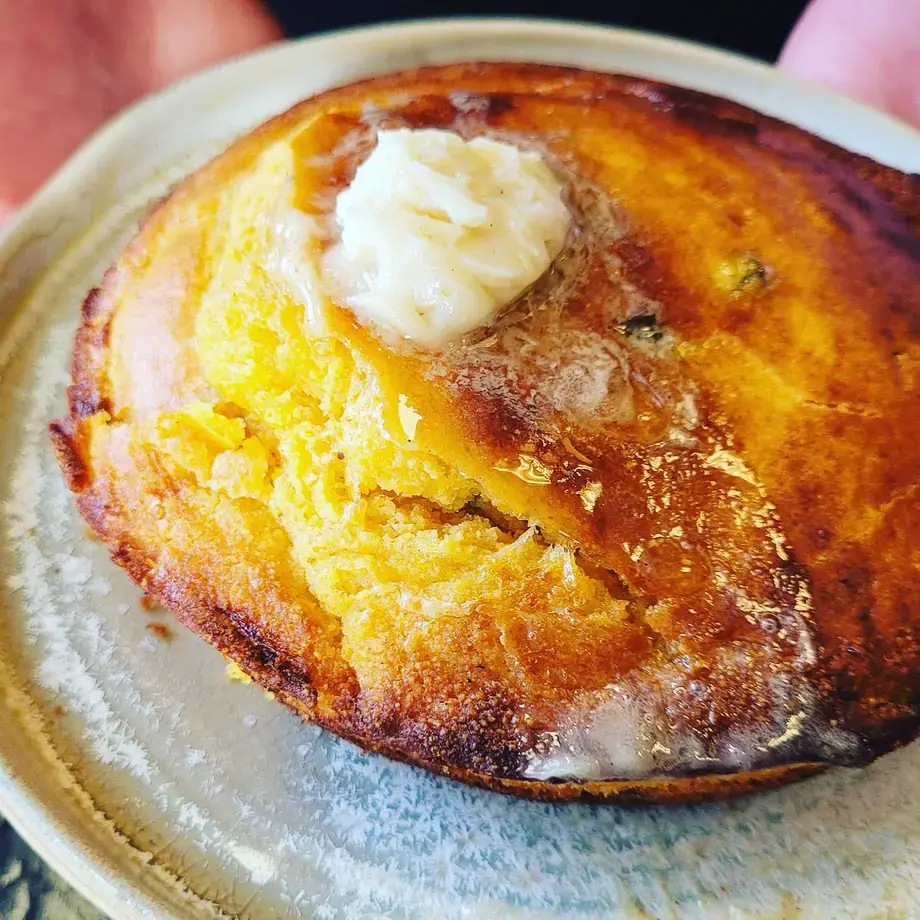Goopy burrata blobs melting into a fresh-from-the-oven slice, taut crusts rendered tangy from long fermentations, blankets of opaque orange vodka sauce, drizzles of chili-infused honey–just a handful of the hallmarks of a minor, though mighty brigade of both self-taught and seasoned pizzaioli reimagining the classic New York-style slice and not only.
Pizza is as New Yorkian as the Statue of Liberty, taking root in the city’s foodways shortly after Lady Liberty’s 1886 unveiling. Scott Wiener, a pizza historian and founder of Scott’s Pizza Tours, categorizes the city’s pizza history into two eras, starting with the early 20th-century coal oven institutions like the still-standing Lombardi’s, named for Gennaro Lombardi, the long-presumed pioneer who started peddling pies at his drug store turned pizzeria in 1905, and Giovanni ‘John’ Sasso’s John’s of Bleecker in 1919.
The invention of the gas oven in 1934 achieved the unachievable: reheating pre-baked pies without solidifying the crusts, prompting the profusion of slice joints that characterized the second half of the 20th century. Joe Pozzuoli opened Joe’s Pizza in 1975, home today to what Wiener considers the quintessential New York slice. His criteria? Consistency, reliability, and speediness–constants at the two locations he’s frequented for over 20 years. “It’s dependable,” he asserts. “The staff is always the same, and there’s not a lot of options. It’s simple. The ingredients all go on before the bake, and there are no extra operational steps. It’s tomatoes, mozzarella, oven, and done.”
Those extra operational steps are part of what distinguishes the new wave from the old school. Like burrata. Tuscany-born Massimo Laveglia goes through so much of the milky cheese that he has it delivered daily from Connecticut to place atop the estimated 2,500 burrata slices he sells weekly at the Williamsburg and West Village outposts of L’Industrie.

